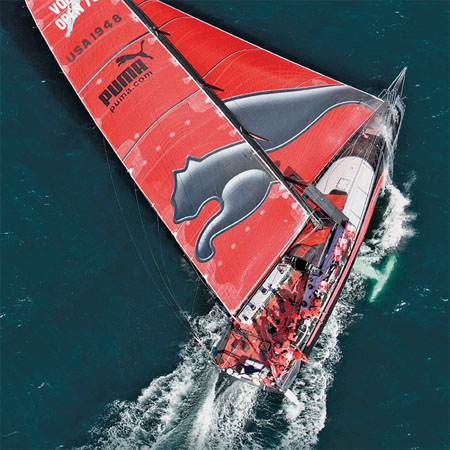Or how the 'sailmaking' industry moved from weaving natural fibre to providing manufacturing materials for the aerospace industry. Bill Pearson takes us on a fascinating journey that is still very much underway
It has become increasingly rare for any structure built for a performance sport application to be constructed from anything other than composites. And at the high end that means carbon fibre pre-preg composites.
The reason for this is that in performance sporting applications there is an insatiable demand for both stiffer structures and lighter weight. Today the word 'composite' implies fibre and resin matrix structures built from material laid up in a mould, and thermo-formed under heat and pressure. Sailmaking has been evolving in this direction for two decades, and as we now stand on the precipice of another paradigm shift in sail fabrication technology, referencing sails more generally as performance composite structures makes the coming revolution seem both desirable and inevitable.
In this first part of three articles I review the past 25 years of performance sailmaking to remind us of the path we have travelled down to the present. In Part 2 I will look forward to what the next generation of sails will look like, and in Part 3 I will discuss some of the other performance manufacturing applications that are beginning to take advantage of lessons originally learnt in the sailmaking arena.
The history of performance sailmaking is the story of the pursuit of modulus, the measure of a material's ability to resist stretch (stiffness)...
To read on simply join us TODAY!!!!!
Please take advantage of our latest subscription offer or order a single copy of the June 2011 issue of Seahorse International Sailing
Online at:
www.seahorse.co.uk/shop/index.php
Below: Challenging and extremely unpleasant for the drivers, wet weather can occasionally provide those watching with a very vivid demonstration of Formula 1 aerodynamics



